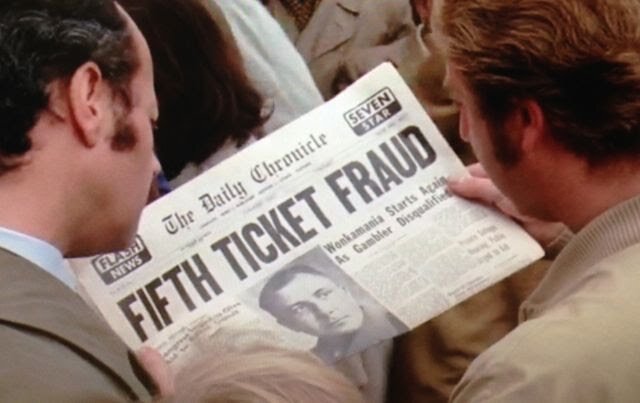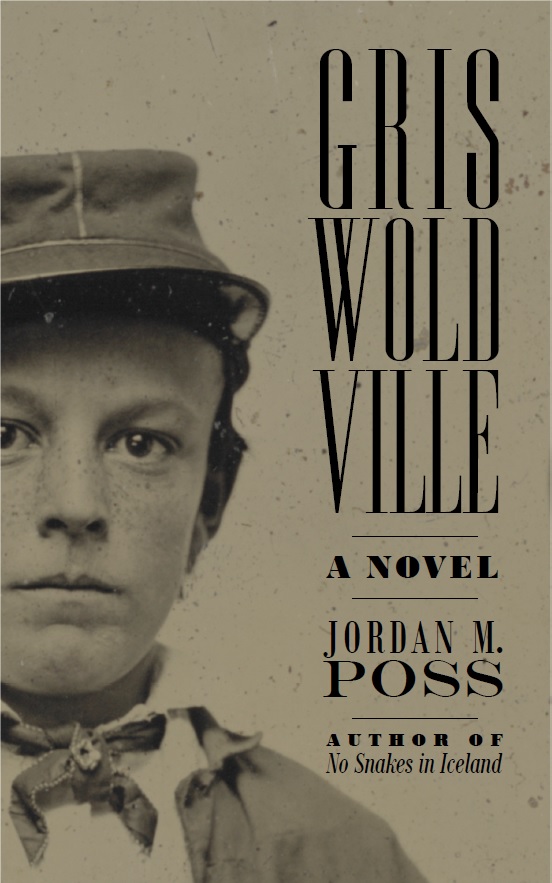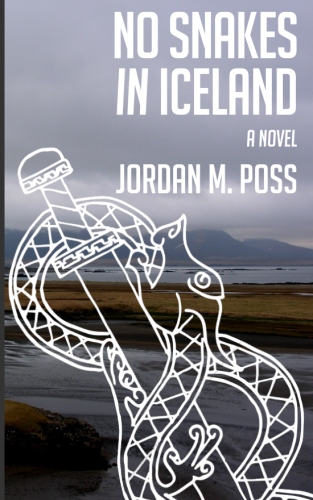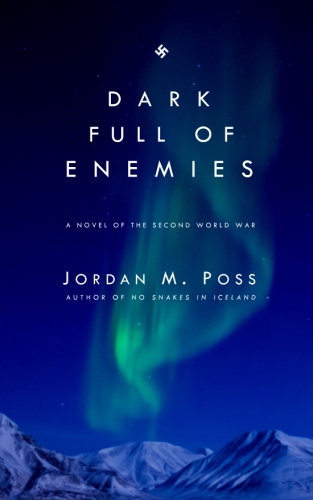McClay on history as narrative
/A Reading From Homer, by Sir Lawrence Alma-Tadema
Last week I started reading Wilfred McClay’s Land of Hope: An Invitation to the Great American Story, a new one-volume narrative history of the United States. I’m up to the post-Revolution period of the Articles of Confederation and the Constitutional Convention, and so far it’s been measured, nuanced, and carefully balanced, with McClay falling into neither of the traps laid on either side of the historian’s path, traps that have caught (often quite willingly) a lot of other recent histories of the US—pathological suspicion and denunciation to the left, mindless jingoism and nationalism to the right. It’s excellent so far.
I started reading the introduction just for kicks and immediately knew I was going to dive into the book. Here’s McClay on the very first page, explaining the purpose of the book:
Its principle objective is very simple. It means to offer to American readers, young and old alike, an accurate, responsible, coherent, persuasive, and inspiring narrative account of their own country—an account that will inform and deepen their sense of the land they inhabit and equip them for the privileges and responsibilities of citizenship. “Citizenship” here encompasses something larger than the civics-class meaning. It means a vivid and enduring sense of one’s full membership in one of the greatest enterprises in human history: the astonishing, perilous, and immensely consequential story of one’s own country.
McClay takes this as the jumping off point for explaining why he wrote Land of Hope as a narrative. Every semester I begin each of my classes with a short presentation on how I approach the past and how I plan to teach it, emphasizing—using quotations from Marc Bloch, LP Hartley, and Cicero—the past as the study of humanity (as opposed to endless eons of geological and biological forces) as it changes over time, with the ultimate purpose of expanding our own limited store of memories.
With that in mind, I read McClay’s introduction with greater and greater excitement. I quote at length so you can get the full import of his argument, and to enjoy his prose, which is elegant and economical throughout:
Let me emphasize the term story. Professional historical writing has, for a great many years now, been resistant to the idea of history as narrative. Some historians have even hoped that history could be made into a science. But this approach seems unlikely ever to succeed, if for no other reason than that it fails to take into account the ways we need stories to speak to the fullness of our humanity and help us orient ourselves to the world. The impulse to write history and organize our world around stories is intrinsic to us as human beings. We are, at our core, remembering and story-making creatures, and stories are one of the chief ways we find meaning in the flow of events. What we call “history” and “literature” are merely the refinement and intensification of that basic human impulse, that need.
The word need is not an exaggeration. For the human animal, meaning is not a luxury; it is a necessity. Without it, we perish. Historical consciousness is to civilized society what memory is to individual identity. Without memory, and without the stories by which our memories are carried forward, we cannot say who, or what, we are. Without them, our life and thought dissolve into a meaningless, unrelated rush of events. Without them, we cannot do the most human of things: we cannot learn, use language, pass on knowledge, raise children, establish rules of conduct, engage in science, or dwell harmoniously in society. Without them, we cannot govern ourselves.
Nor can we have a sense of the future as a time we know will come, because we remember that other tomorrows also have come and gone. A culture without memory will necessarily be barbarous and easily tyrannized, even if it is technologically advanced. The incessant waves of daily events will occupy all our attention and defeat all our efforts to connect past, present, and future, thereby diverting us from an understanding of the human things that unfold in time, including the paths of our own lives.
McClay says here what I've been saying at the start of all of my classes for years, and says it far better than I ever have. No one, I tell my students, really hates or is uninterested in history, because if I asked one student about her favorite TV show or another about how his favorite college football team is doing, both would immediately give me a narrative history—with cause and effect, careful attention to context, discrimination between important and unimportant events, probably a few heroes and certainly some villains. That often seems to click, and for those for whom it doesn’t, I can always ask How did you get here this morning? The answer, again, will be a narrative.
That said, I only add two short glosses or comments, because I can’t really improve on McClay.
We need history because we need a story with which to frame our lives, otherwise we are stuck in those “incessant waves,” that “unrelated rush of events.” We become stuck in the present—not just the present era but the present year, even, thanks to the brain-eroding forces of social media, the present day and hour and minute. That’s how animals live and perceive the world, which is why animals don’t meaningfully change. History is a critical part of what makes us human and is, I think, part of the mysterious imago Dei.
But I’m not going to draw any facile conclusions about how “relevant” this is, because worrying about relevance is another symptom of being enslaved in the present. Narrative history is “relevant” the same way bedrock, or the ocean, or our own skeletons are relevant, as things that support and give shape—and will outlast us.
McClay has much more to say in his introduction, and the history itself, as I said, is great so far. I definitely recommend it if you are at all interested in the past in general or the American story in particular.


















